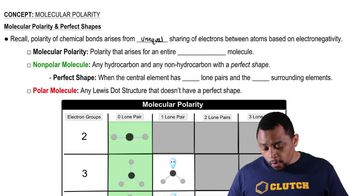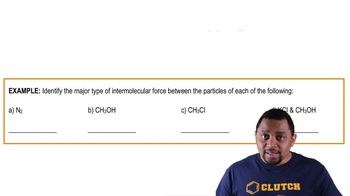Textbook Question
Write the IUPAC name for each of the following:
d. <IMAGE>
16
views
 Verified step by step guidance
Verified step by step guidance Verified video answer for a similar problem:
Verified video answer for a similar problem:



 :54m
:54mMaster IUPAC Rules for Naming Aldehydes Concept 1 with a bite sized video explanation from Jules
Start learning